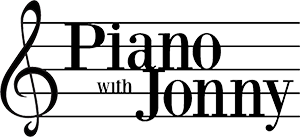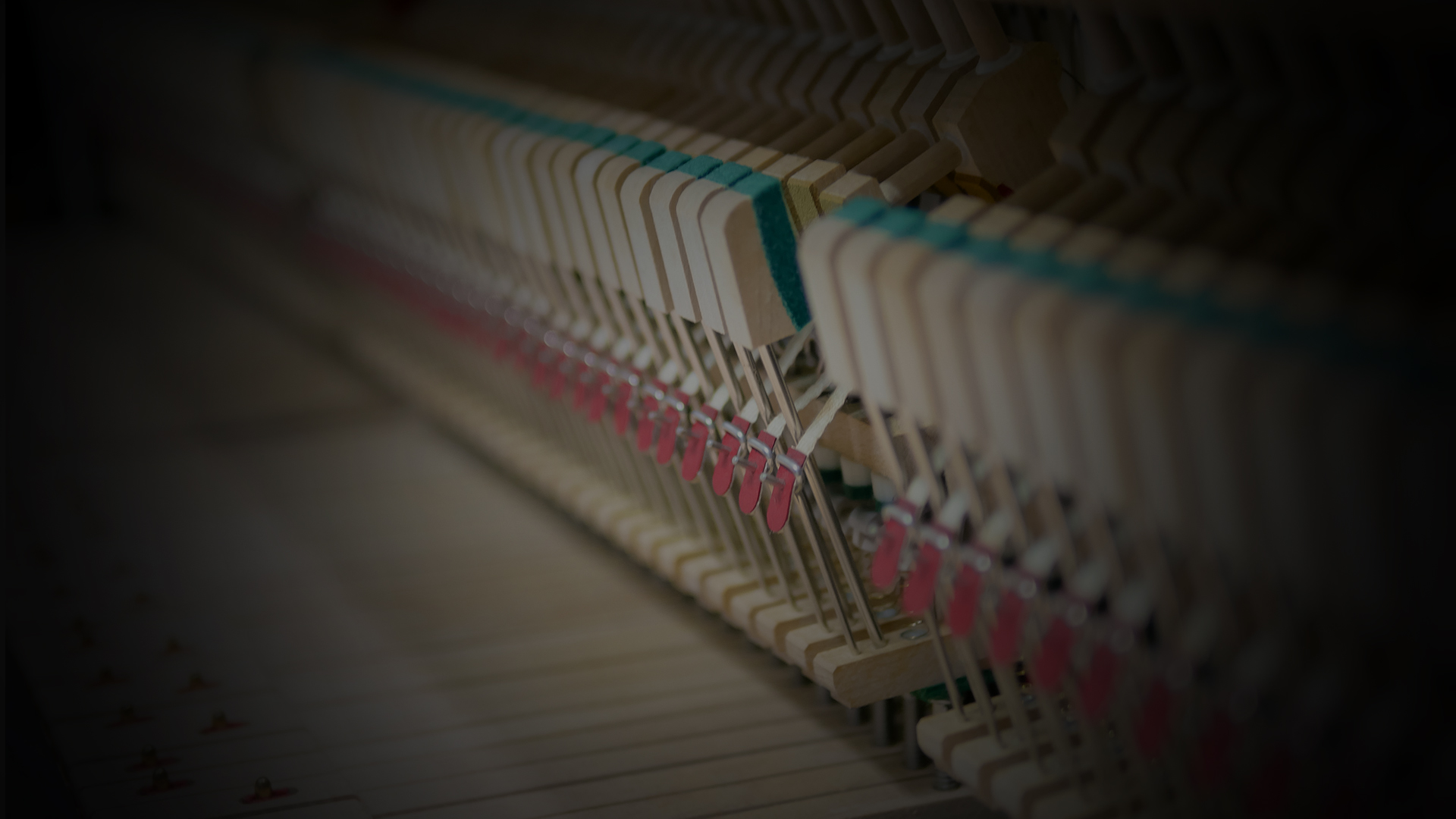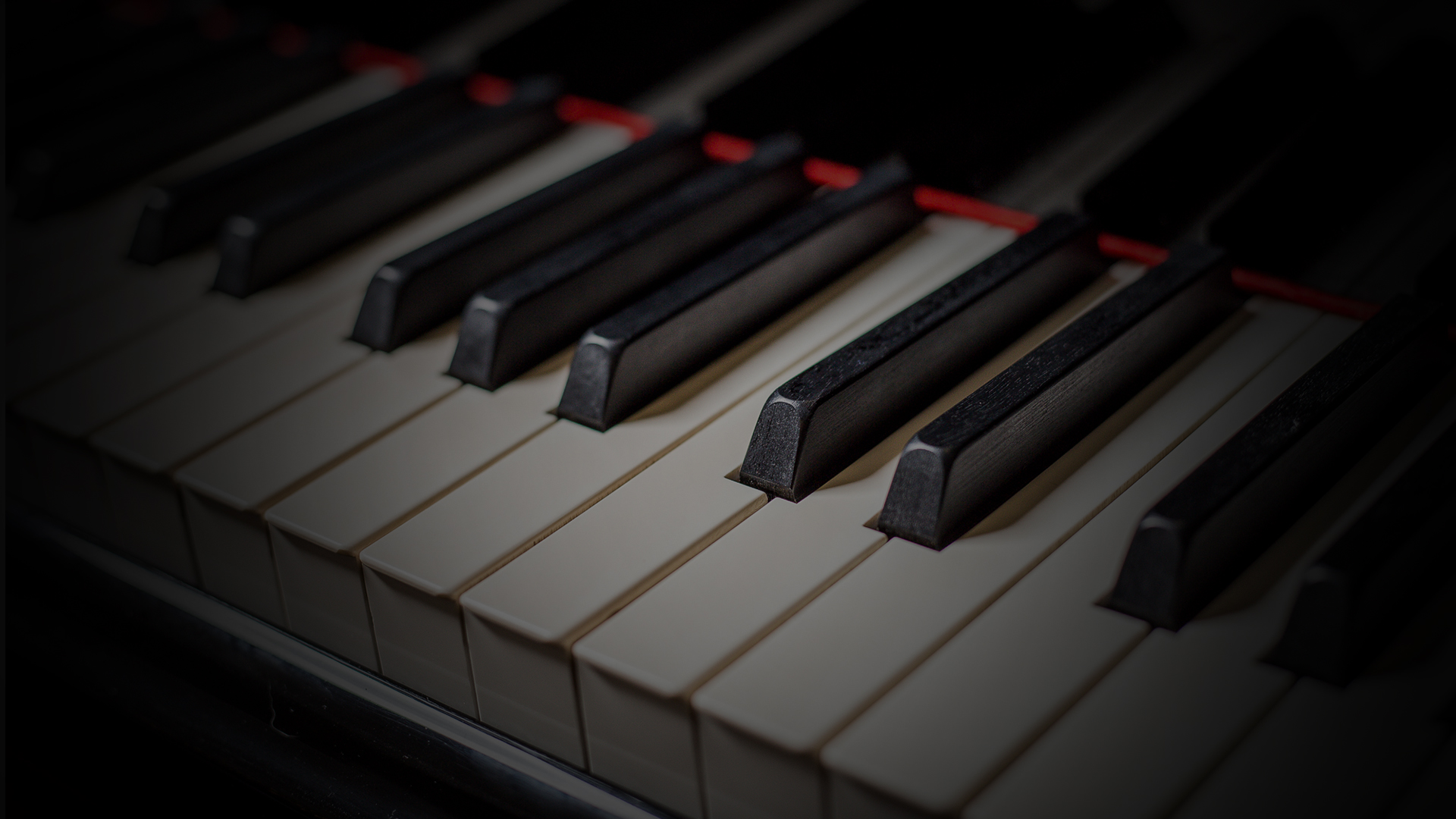Ear Training – Interval Crash Course
Get instant access to the videos, sheet music, and backing tracks for this course with a PWJ membership!
Start Your Free TrialLearn the essential skills required for ear training. Our main focus will be on intervals – the building blocks of music.
First, we’ll review basic musical vocabulary – major/minor scales, triads, chromatic scales, and inversions. We’ll explore song associations for all ascending and descending intervals. Next we’ll practice melodic dictations and experiment with different harmonies. Finally, we’ll apply these techniques to various melodies – Ode to Joy (beginner), Twinkle Twinkle Little Star (Intermediate), and the Star-Spangled Banner (advanced).
By the end of this workshop, you’ll have all the tools you need to develop your musical ear!
For software ear trainers, we recommend the following: Keyboard Relative Pitch, Note Relative Pitch, Intervals, Scales, Chords
Course Objectives
Learning Focus
Featured Reviews
View PWJ member reviews of this course!
Now for something completely different
Step by step guidance
Take the "Ear" Train - Important & Challenging
Helpful
Fundamental and challenging
Course Lessons
Ear Training – Interval Crash Course – Lesson 5
Application to Melodies (Intermediate)
Featured Reviews
View PWJ member reviews of this course!
Now for something completely different
Step by step guidance
Take the "Ear" Train - Important & Challenging
Helpful
Fundamental and challenging
Related Courses
Learn 3 essential techniques for adding passing chords or reharmonizing any song. Techniques include relative chords, secondary dominants, and lower neighbor diminished 7th chords.
Master the most important chord progression in jazz, the 2-5-1 progression, with 5 piano exercises using 7th chords in all 12 keys and in all inversions.
Learn all your Major 7th Chords using ascending, descending, blocked, and arpeggiated exercises. Master 7th Chord inversions around the cycle of 5ths.
Learn 3 essential techniques for adding passing chords or reharmonizing any song. Techniques include relative chords, secondary dominants, and lower neighbor diminished 7th chords.
Master the most important chord progression in jazz, the 2-5-1 progression, with 5 piano exercises using 7th chords in all 12 keys and in all inversions.
Learn all your Major 7th Chords using ascending, descending, blocked, and arpeggiated exercises. Master 7th Chord inversions around the cycle of 5ths.
Join Us
Get instant access to this Course and other member features with a PWJ membership!
Guided Learning Tracks
View guided learning tracks for all music styles and skill levels
Progress Tracking
Complete lessons and courses as you track your learning progress
Downloadable Resources
Download Sheet Music and Backing Tracks
Community Forums
Engage with other PWJ members in our member-only community forums
Become a better piano player today. Try us out completely free for 14 days!




